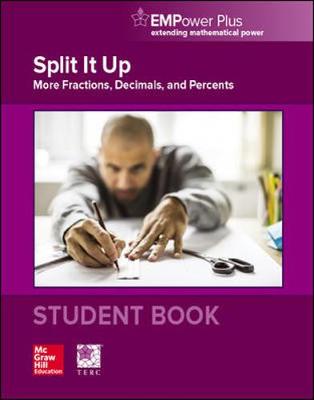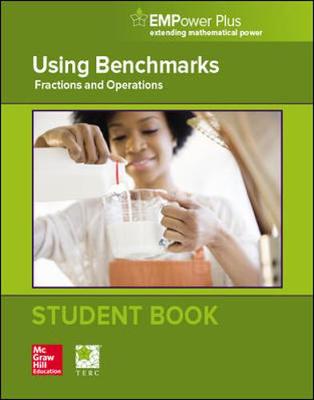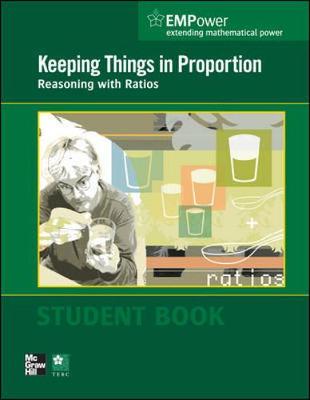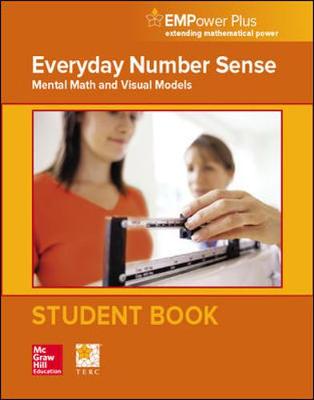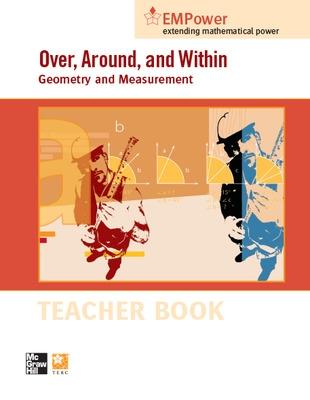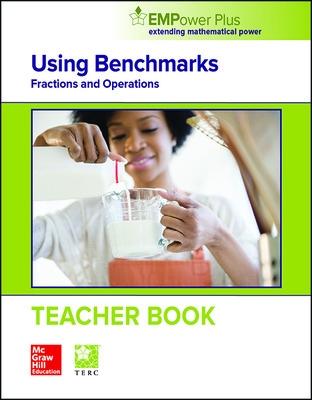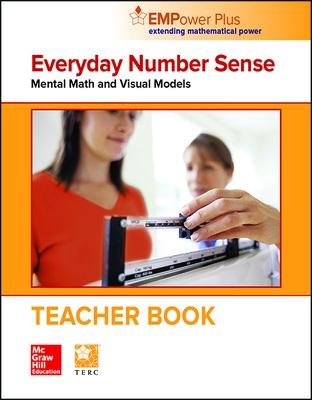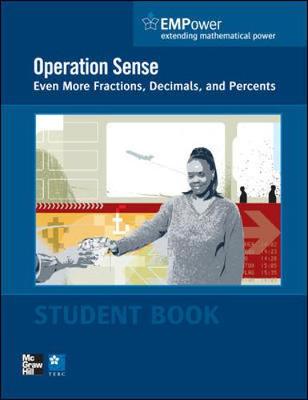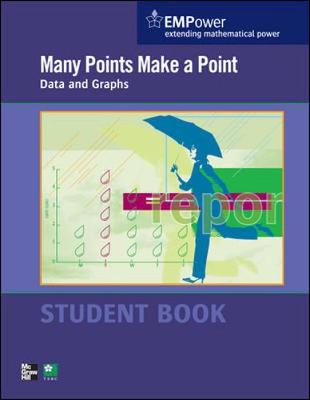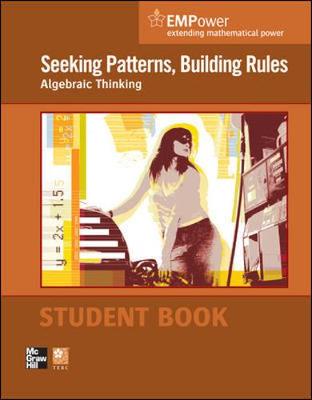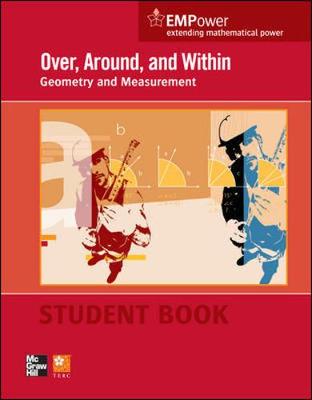EMPOWER MATH
11 total works
EMPower Math, Split It Up: More Fractions, Decimals, and Percents, Student Edition
by Contemporary
EMPower Math, Using Benchmarks: Fractions, Decimals, and Percents, Student Edition
by Contemporary
EMPower Math, Keeping Things in Proportion: Reasoning with Ratios, Student Edition
by Contemporary
EMPower Math, Everyday Number Sense: Mental Math and Visual Models, Student Edition
by Contemporary
EMPower Math, Over, Around, and Within: Geometry and Measurement, Teacher Edition
by Contemporary
EMPower Math, Using Benchmarks: Fractions, Decimals, and Percents, Teacher Edition
by Contemporary
EMPower Math, Everyday Number Sense: Mental Math and Visual Models, Teacher Edition
by Contemporary
EMPower Math, Operation Sense: Even More Fractions, Decimals, and Percents, Student Edition
by Contemporary
EMPower Math, Many Points Make a Point: Data and Graphs, Student Edition
by Contemporary
EMPower Math, Seeking Patterns, Building Rules: Algebraic Thinking, Student Edition
by Contemporary
